Mirin is a must-have in Japanese cooking, but it can be a bit misunderstood!
In this post, I’ll walk you through everything you need to know about using mirin. By the end, you’ll feel confident and ready to add it to your dishes 🙂
Let’s dive in!
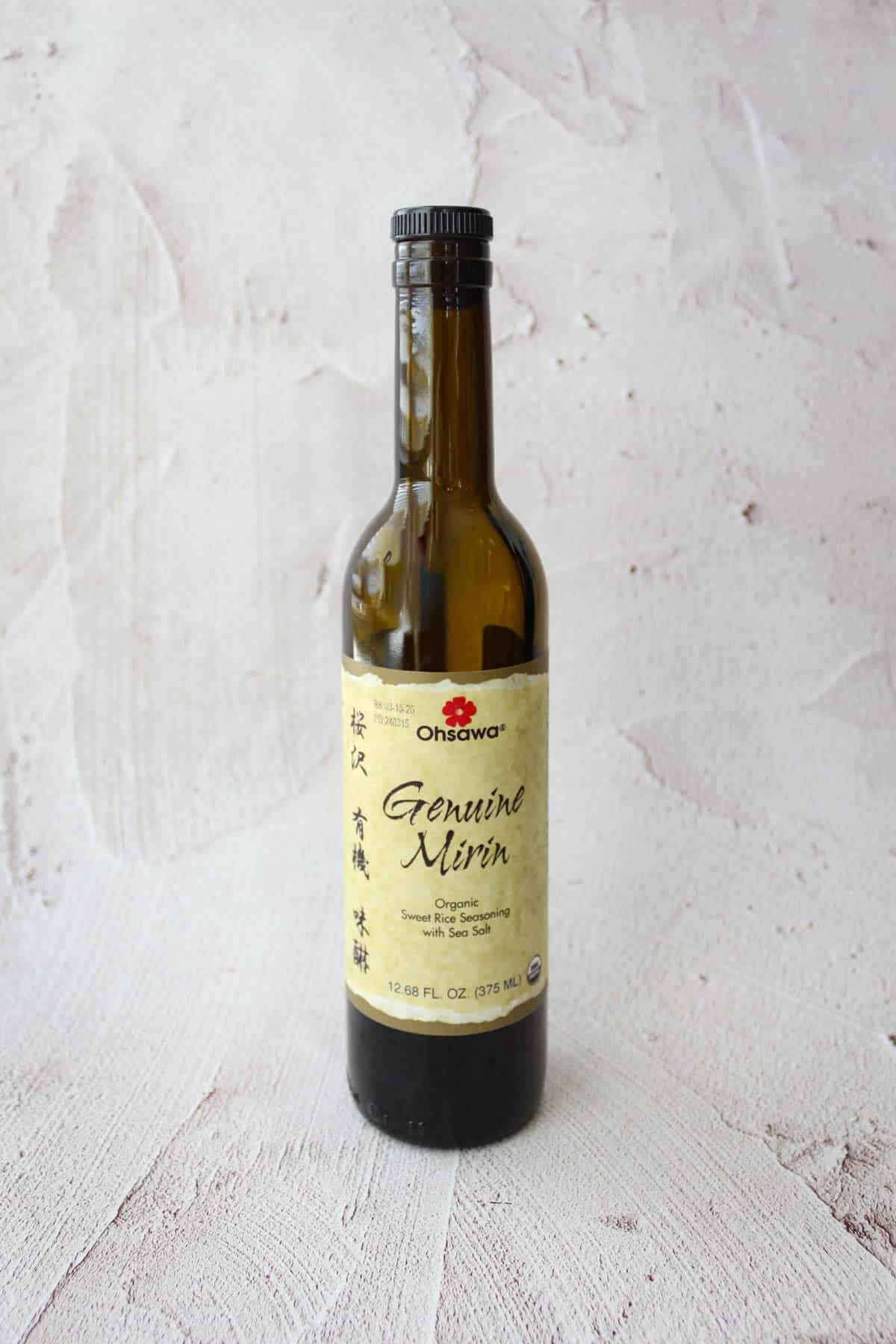
Jump to:
- What is Mirin, and What Does It Taste Like?
- Why Use Mirin in Japanese Cooking?
- What Types of Mirin Should I Use?
- Mirin vs. Other Ingredients: What Are the Differences?
- What Are Substitutes for Mirin?
- Does Mirin Go Bad? How Should You Store It?
- Where to Buy Mirin?
- How to Use Mirin in Cooking
- Frequently Asked Questions about Mirin
- 📌Pin This Guide For Later!
What is Mirin, and What Does It Taste Like?
Mirin is a liquid condiment made from fermenting sticky rice (mochi gome), koji, and alcohol (shochu). It’s similar to sake, but with less alcohol (about 14%) and a mild, subtle sweetness.
Think of it as a touch of sweetness that’s not as overpowering as sugar.
Why Use Mirin in Japanese Cooking?
Mirin is super useful in Japanese cooking for a few reasons:
- It helps remove any meaty or fishy odors from ingredients.
- It helps ingredients hold their shape during cooking.
- It adds a nice umami flavor and a mild sweetness.
- It gives your dishes a beautiful, shiny finish.
It’s like a little secret ingredient that does a lot!
What Types of Mirin Should I Use?
There are a few different types of mirin, and each one has its own unique qualities:
- Hon Mirin (本みりん): This is the traditional mirin made with rice, koji, and alcohol (shochu), containing about 14% alcohol. It’s the most authentic and basic type of mirin. Some good options are:
- Mirin-type seasoning (みりんタイプ): This type has about 10% alcohol but is marketed as a non-alcoholic product. It's often labeled "aji mirin."
- Mirin-style seasoning (みりん風調味料): With less than 1% alcohol, this is also sold as a non-alcoholic option.
The mirin-style and mirin-type seasonings have added ingredients that make them lack the full depth of flavor you get with real hon mirin, so I’d recommend going for hon mirin if you can.
How to Choose Mirin Based on Your Diet
- Vegan: Most mirin is vegan, but some may use honey as a sweetener, so check the label if that’s important to you.
- Gluten-Free: Most mirin is gluten-free, but mirin-type and mirin-style seasonings might contain gluten, so it’s worth checking.
- Halal & Non-Alcoholic: If you want a non-alcoholic or halal option, look for mirin-style seasonings like Kotteri Mirin or just use sugar as a substitute.
- Without Corn Syrup or Sugar: If you're avoiding extra sugar or corn syrup, stick with hon mirin for the cleanest ingredient list.
Hopefully, this helps you pick the right one for your needs!
Mirin vs. Other Ingredients: What Are the Differences?
Mirin vs. Rice Vinegar
Mirin and rice vinegar are totally different, so don’t swap them out in your recipes! Here’s why:
- Flavor: Mirin is sweet, while rice vinegar is sour.
- Alcohol Content: Mirin has alcohol, but rice vinegar doesn’t.
- Production: Rice vinegar is fermented for much longer than mirin, which is why it’s less sweet and alcohol-free.
They each play a unique role in cooking, so stick to what the recipe calls for!
Mirin vs. Sake
Mirin and sake are both made from rice and have alcohol in them, but they’re used differently and bring distinct flavors to your dishes:
- Mirin: Adds a mild sweetness and umami, helps ingredients hold their shape, and gives dishes a nice, glossy finish.
- Sake: Softens ingredients while cooking and helps them absorb flavors.
Substitution Tip: If you’re out of mirin, you can substitute it with 1 tablespoon of sake plus 1 teaspoon of sugar.
If you want to dive deeper into sake, check out my guide on sake about the different types, uses, and how to store it!
Mirin vs. Shaoxing (Chinese Rice Wine)
Shaoxing is another rice-based cooking wine, but it’s a bit different from mirin:
- Alcohol Content: Shaoxing has a higher alcohol content than mirin.
- Flavor: Shaoxing is less sweet and has a more distinct taste compared to the milder sweetness of mirin.
Substitution Tip: While you can use Shaoxing as a substitute for mirin in a pinch, a mix of sake and sugar will give you a flavor closer to mirin’s sweetness.
What Are Substitutes for Mirin?
If you don’t have mirin on hand, you can easily substitute it with a couple of simple combinations:
- 1 tablespoon mirin = 1 tablespoon sake + 1 teaspoon sugar
- 1 tablespoon mirin = 1 tablespoon sake + ½–¾ teaspoon honey
These swaps should help you get that sweet, umami boost in your dish!
Does Mirin Go Bad? How Should You Store It?
The way you store mirin depends on whether it's opened or unopened, and the type of mirin you're using.
Before Opening (All Types of Mirin)
- Store in a cool, dark place
- Shelf life:
- Hon Mirin (true mirin): Best used within 18 months.
- Mirin-style and Mirin-type Seasonings: Best used within 12 months.
After Opening
- Hon Mirin (true mirin): Store it in a cool, dark place and use within 3 months.
- Mirin-style seasoning: Store it in the fridge and use within 3 months.
- Mirin-type seasoning: Store it in a cool, dark place and use within 3 months.
How to Tell if Mirin is Expired
You can tell mirin has gone bad if:
- It smells sour like vinegar (though keep in mind, Mirin-style seasonings might naturally have a sour taste since they sometimes contain vinegar).
- It appears white and cloudy (but Hon Mirin may develop white clumps or sediment around the cap in winter or if stored in the fridge—this is just sugar crystallization and totally normal!).
So, keep an eye on those details to make sure your mirin stays fresh!
Where to Buy Mirin?
You can find mirin at most local grocery stores, usually in the Asian food aisle. If you have an Asian grocery store nearby, that's also a great place to find a variety of mirin. Of course, you can always grab it online from retailers like Amazon!
For specific product recommendations, be sure to check out the "What Types of Mirin Should I Use?" section.
💡P.S. If you're looking for more Japanese ingredients, check out my guide on the best places to buy them online! (coming soon!)
How to Use Mirin in Cooking
Mirin is a great way to add a nice balance of umami and mild sweetness to your dishes! You can use it in all sorts of recipes—here are a few examples:
- Teriyaki Chicken: The mirin gives the sauce that sweet touch and a gorgeous glossy finish.
- Ajitama (Ramen Eggs), Simmered Kiriboshi Daikon, or Sunomono (Japanese Cucumber Salad): It adds a subtle sweetness and depth of flavor, perfect for these lighter dishes.
It's super versatile, so feel free to experiment and see how it enhances your cooking!
Frequently Asked Questions about Mirin
Hon mirin used to be enjoyed as a drinkable alcohol, but modern mirin isn't really made for that anymore. It's best used in cooking!
It depends on where you live and what type of mirin you’re buying. Some areas have different laws based on alcohol content, so check your local regulations.
Alcohol content by type:
- Hon Mirin (本みりん): About 14% alcohol
- Mirin-type seasoning (みりんタイプ): About 10% alcohol
- Mirin-style seasoning (みりん風調味料): Less than 1% alcohol
You can use mirin in place of sake, but it’s not the best swap since mirin adds sweetness to dishes. Sake is more neutral, so it's better for some recipes.
The alcohol in mirin cooks off pretty quickly—about a minute of cooking will do it. Once heated, it’s safe for kids. But if you use mirin without cooking, the alcohol remains, so it’s best to go for a non-alcoholic version like mirin-style seasoning for dishes intended for children.
Even though they’re similar, mirin and sake have different roles in cooking:
- Sake helps soften ingredients.
- Mirin adds sweetness and gives a shiny finish to dishes.
Most recipes call for both to get the full effect!
I hope this helps clear things up!
If you're curious about other Japanese condiments, check out these articles:
- A Step-by-Step Guide to Japanese Cooking for Beginners
- Essential Condiments to Get Started with Japanese Cooking
Happy cooking! 🙂
📌Pin This Guide For Later!
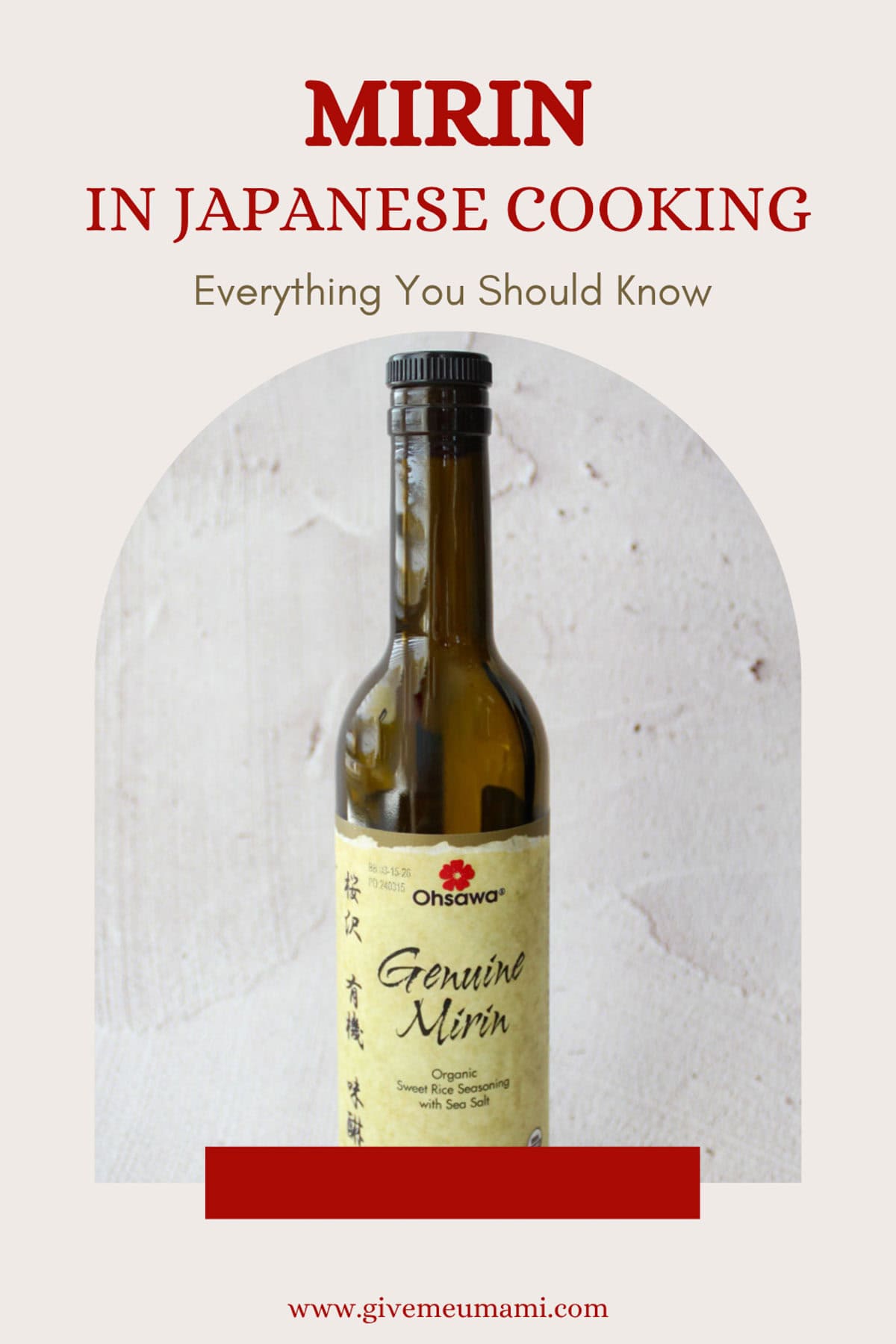

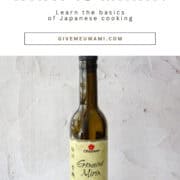

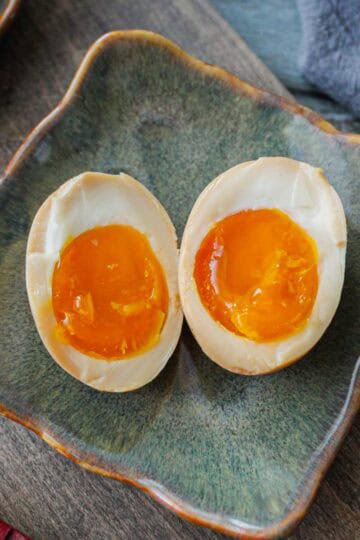
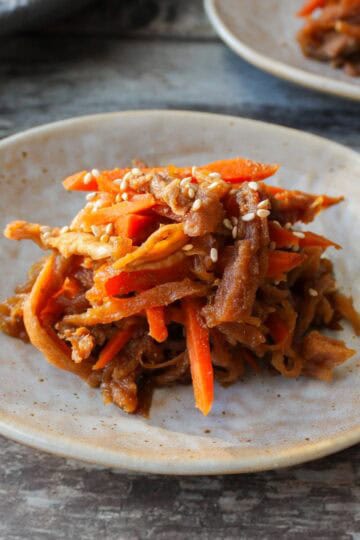

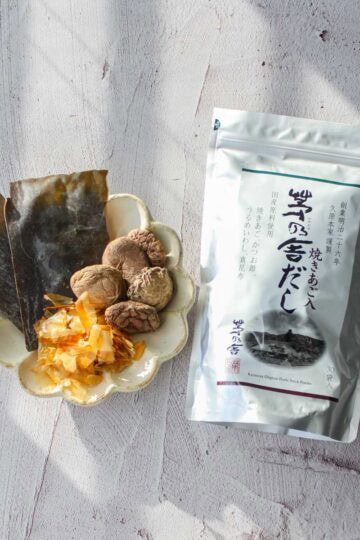
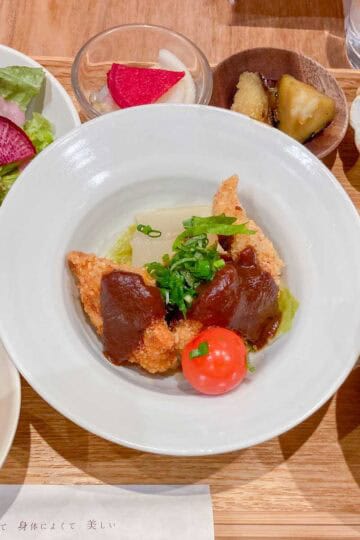
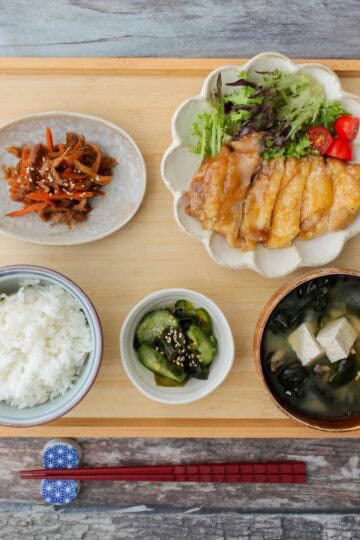

Comments
No Comments